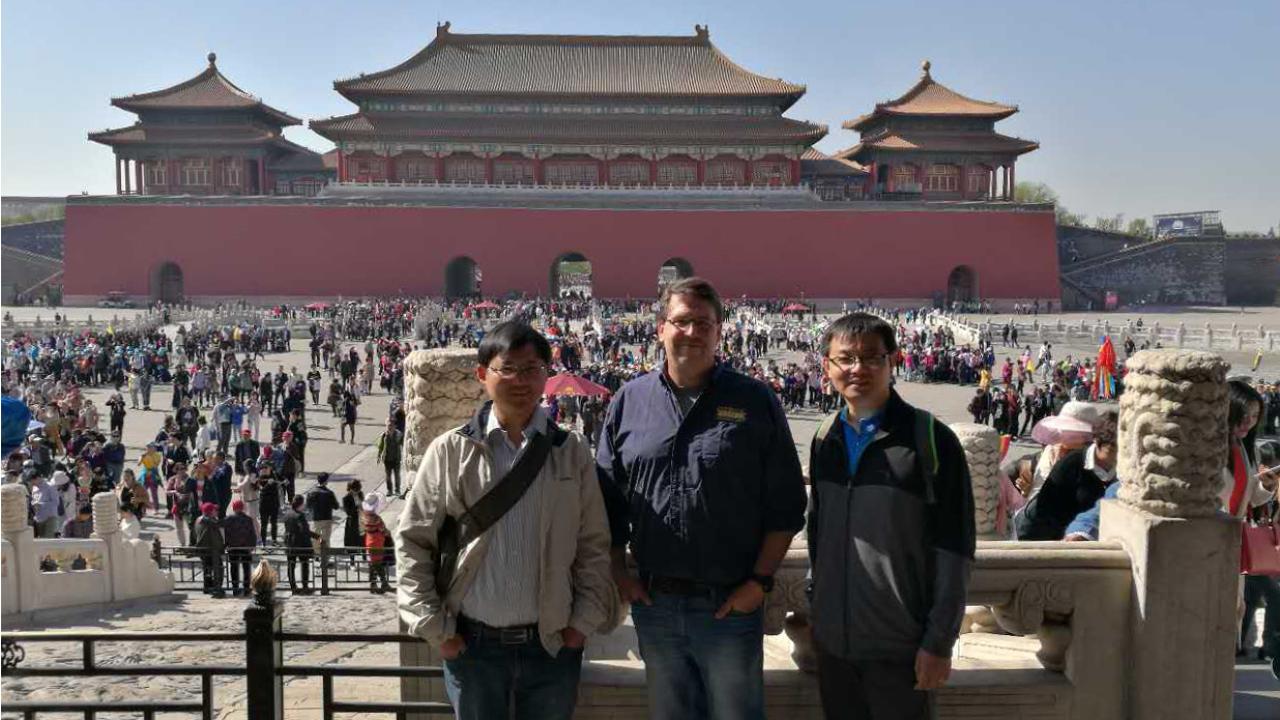
Kliebenstein collaboration fuels possible cure for citrus blight
Trans-Pacific connections key to breakthrough
From Florida orange groves to a research lab in Beijing, the impact of the UC Davis Department of Plant Sciences is shaping both research about and solutions to in-the-field problems. The latest example landed on the cover of the prestigious journal Science, telling a story of intercontinental collaboration to understand a bacterium that is devastating the world’s citrus crop.
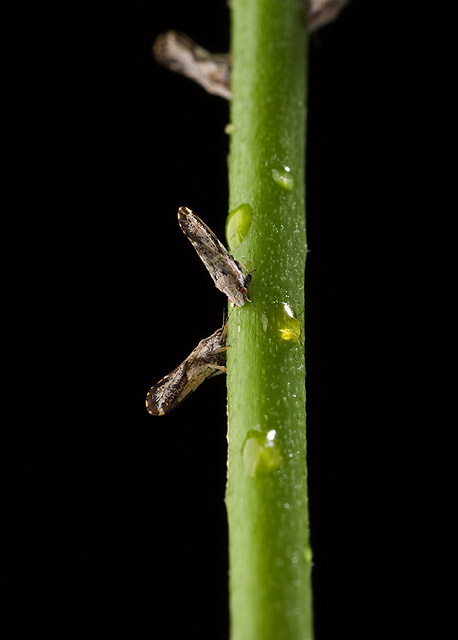
Daniel Kliebenstein, a professor in the department, provided key insights into the research and helped write the paper about a potential new pathway for fighting – and perhaps even curing – citrus greening, also called Huanglongbing. The paper appeared in the April 10 edition of Science, accompanied by a “Perspectives” essay in the same edition.
The bacterium causing the blight is carried by insects. It makes trees lose their leaves, produce less fruit and eventually die.
Kliebenstein had been in contact with Chinese researchers who were seeking clues about the genetic mechanisms controlling the trees’ reaction to the bacterium. That had them wrestling with data from both cultivated citrus and wild varieties; citrus originated in Asia, which today is the world’s largest producer of the fruit.
“They were looking at the data in terms of a resistance gene,” Kliebenstein recalled. But from that perspective, the data seemed confusing. “I suggested they flip it around and think of it as a susceptibility gene.”
That fresh perspective proved crucial to the scientists’ breakthrough. The implication is enormous for citrus farmers around the world: There’s no treatment for the blight, and no resistant varieties of citrus have been found, according to a University of California report.
Finding a pathway to make trees less susceptible, then, offers hope.
Oranges, lemons, limes and other tangy-sweet fruits are grown in Asia, the Americas, Europe and Africa, with 143 million tons produced in 2023, according to the World Citrus Organisation. The value of citrus traded worldwide was valued at $17.2 billion in 2022, according to the Observatory of Economic Complexity. California is the largest citrus producer in the United States, growing 78 percent of the total value of the U.S. crop in 2022, according to the state Department of Food and Agriculture.
But citrus greening is chopping back productivity: In Florida alone, where the insect-borne bacterium was first detected in 2005, the disease has wiped out 75 percent of the industry, according to the United States Department of Agriculture. One study revealed more than $3.6 billion in lost revenue and nearly 7,000 lost jobs over a six-year period. It has spread west and now is a threat to California’s $3.4 billion annual crop: Here, an eradication program is underway, and growers are required to remove infected trees, according to the UC report.
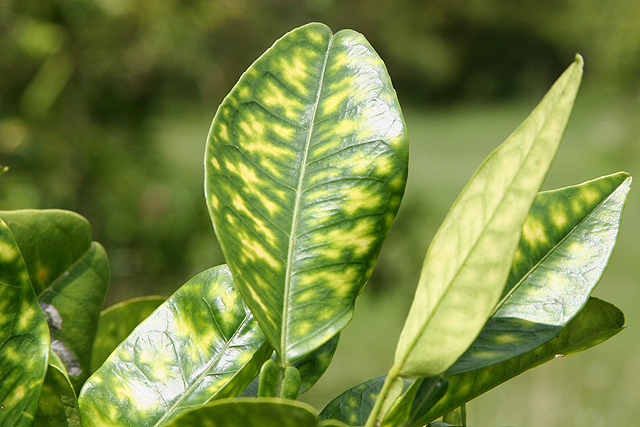
From connections to susceptibility
The discovery reported in Science was made by Jian Ye and his team at the Chinese Academy of Sciences. But international connections made at UC Davis years before contributed to the discovery.
A third scientist, Qiaomei Wang, had been a visiting scientist in Kliebenstein’s lab in 2001-02, amid a continuing career at Zhejian University in Hangzhou, China. A decade later, her lab helped Ye with his research involving plant metabolism, and she told Ye about her experiences with Kliebenstein.
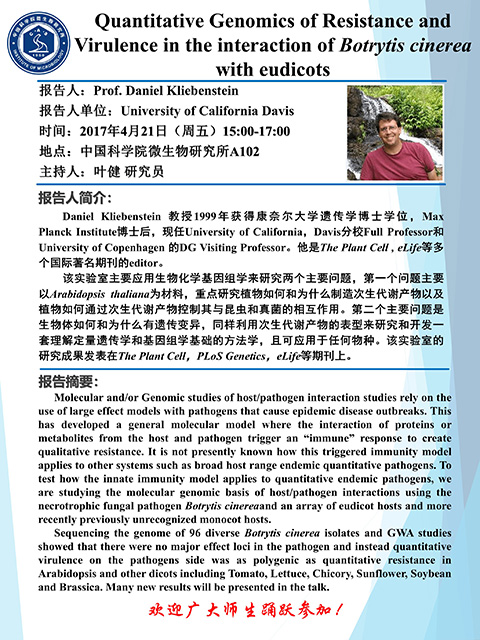
Ye and Kliebenstein share an interest in a particular area of plant metabolism, and Ye described Kliebenstein as a “top research scientist” in the field. “During Dan's 2017 visit to China, I invited him come to Beijing to visit us,” Ye wrote.
During that visit, Ye described the puzzling data, and Kliebenstein offered Ye his upside-down advice. Kliebenstein visited again in 2020, and they talked some more.
By following this different line of inquiry – by looking at susceptibility rather than resistance -- Ye and his team discovered that citrus trees respond to the bacterium in a complex series of chemical reactions. They were investigating the role of a protein called MYC2,
which controls the expression of certain genes, including some involved in how plants fight disease.
Another molecule, called PUB21, degrades MYC2 when it’s no longer needed. But bacteria are smart: The citrus greening bacterium apparently has learned how to trigger PUB21, crippling the MYC2 response and allowing the bacterium to wreak havoc on the tree, Kliebenstein said.
Susceptibility.
Resistance and pathway toward cure?
Wild species of citrus, however, have a different version of the gene controlling PUB21, so the disease-fighting gene doesn’t turn off MYC2 when the bacterium arrives, Kliebenstein explained. “It’s almost as if the plant has created a new regulatory loop that makes it somehow resistant,” he added.
Furthermore, the researchers found that another molecule – a peptide, or short chain of amino acids – also interferes with the bacterium’s ability to turn off MYC2. With the peptide stabilizing the MYC2 molecule, the tree now can resist the bacterium.
Furthermore, when the scientists washed plants in the lab with a solution containing the peptide, the plants cured themselves of the bacterium, Kliebenstein explained.
Whether such a cure could work in an orchard, Kliebenstein added, remains to be investigated.
Meanwhile, the connections fueling the search for a solution to citrus greening continue to bear fruit.
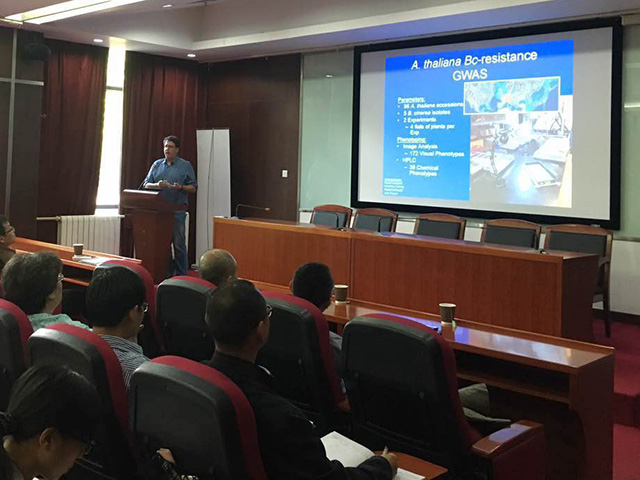
Related links
Read the Science paper, “Targeted MYC2 stabilization confers citrus Huanglongbing resistance,” here. Dan Kliebenstein, a professor in the UC Davis Department of Plant Sciences, is credited with the research conceptualization and methodology, writing the original draft and editing the paper.
Read the “Perspectives” essay in Science, “A natural defense against plant disease” by Comzit Opachaloemphan and Sheng Yang He, here.
Read the University of California Integrated Pest Management discussion of citrus greening disease here.
More collaboration on tomatoes: Read the 2019 paper in Science Advances that includes research by Kliebenstein and Chinese colleagues Jian Ye (the principal investigator) and and Qiaomei Wang about an insect-borne disease in tomato, TYLCCNV. The paper, “Viruses mobilize plant immunity to deter nonvector insect herbivores,” is here.
Media Resources
- Trina Kleist, UC Davis Department of Plant Sciences, tkleist@ucdavis.edu, (530) 754-6148 or (530) 601-6846.
